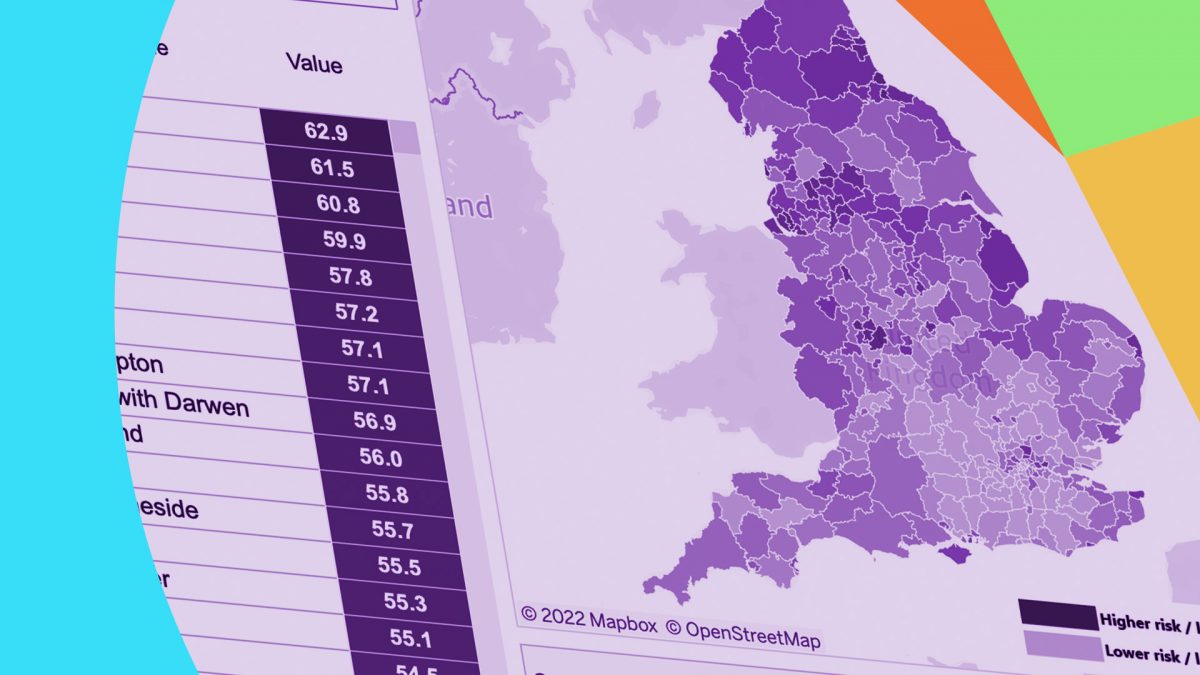The Open Data Institute (ODI) has published a new report revealing the sections of society that are most affected by fuel poverty, the failings in fuel poverty data collection, as well as looking at the areas of the country where the problem hits the hardest.
It has also published a new annual fuel poverty risk index, which calculates a score that estimates the risk of someone being in fuel poverty for each local authority in England.
The fuel poverty risk index contains a graphic tool that can be used to highlight the impact of fuel poverty across England.
The index will be updated annually and calculates the level of risk based on the demand for energy, the levels of poverty and the support that’s available to households in any given local authority area.
The index reveals that Blackpool, Knowsley, Middlesborough, Hartlepool and Birmingham are at greatest risk of fuel poverty. This paints a different picture to current fuel poverty statistics which are historic and produced by the Government.
Lisa Allen, Director of Data & Services at the Open Data Institute said:
Having an effective data infrastructure in place around fuel poverty would help to identify those who are in most need in a systematic way and could also highlight the longer term benefits associated with adequate investment in efforts to tackle fuel poverty.
In turn, this would assist government, charities, and those households in need of assistance with bills or energy efficiency.
It is important that this data is as up to date as is possible, so that decisions can be made in a timely manner and across factors.
This could help decide which groups to target when offering support and how much investment in fuel poverty support is optimal given short and long term impacts.
A spokesperson for the End Fuel Poverty Coalition, which is also part of the Warm This Winter campaign, said:
Fuel poverty is a public health emergency this winter and this report shows the areas of the country that are suffering the most.
Those areas of the country where energy use is high, poverty and ill health commonplace, and where there is a lack of mitigating energy efficiency measures in place, are in the eye of the storm.
The better use of data could, for example, help planning for surges in demand on the NHS as people who are elderly, disabled or with pre-existing health conditions suffer from the complications of living in a cold damp home.

